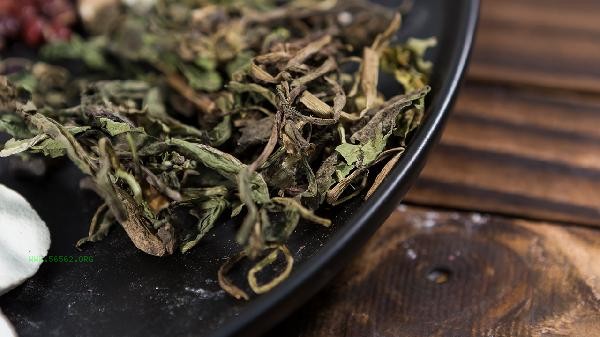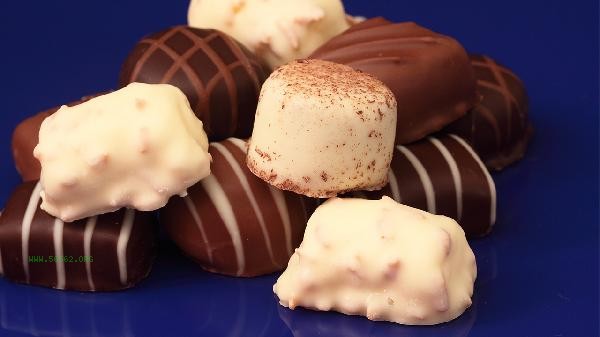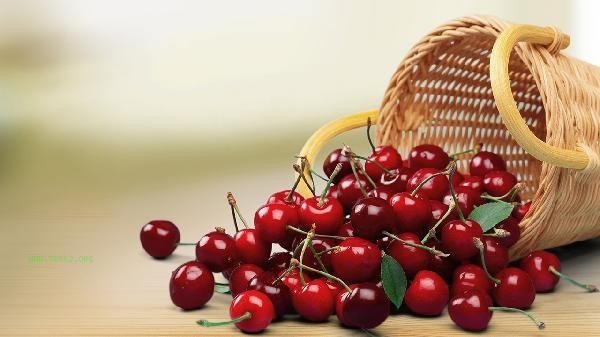The principle of food preservation is mainly to extend the shelf life by controlling microbial growth, inhibiting enzyme activity, or blocking oxidative reactions.

1. Control Microorganisms
Microorganisms are one of the main causes of food spoilage. Lowering the temperature can slow down the growth rate of bacteria, while freezing can completely inhibit microbial activity. A high salt and high sugar environment can cause dehydration and death of microbial cells, while acidic substances such as acetic acid can damage the structure of microbial cells. Ultraviolet irradiation and irradiation treatment can directly kill microorganisms.
2. Inhibition of Enzyme Activity
Natural enzymes in food can continuously catalyze biochemical reactions leading to spoilage. Pasteurization denatures and inactivates enzyme proteins through moderate heating. Low temperature refrigeration can significantly reduce enzyme reaction rate, and vacuum packaging can also inhibit oxidase activity by reducing oxygen supply. Some chemical additives can bind to enzyme active centers to block catalytic activity.
3. Blocking oxidation reactions
Oxygen participates in reactions such as fat oxidation and vitamin degradation. Vacuum packaging and nitrogen filling treatment can effectively isolate oxygen, and the addition of antioxidants such as vitamin E can interrupt free radical chain reactions. Protecting from light can prevent photocatalytic oxidation, and a low temperature environment can reduce the rate of oxidation reaction. Some metal ion chelating agents can eliminate metal ions involved in catalytic oxidation.

4. Adjusting Water Activity
Lowering water activity can inhibit microbial growth. Drying and dehydration directly reduce moisture content, while sugar pickling and salt pickling reduce water activity by combining with free water. Adding moisturizers such as glycerol can regulate the moisture state, while freezing converts moisture into ice crystals and reduces water activity. There are differences in the tolerance of different microorganisms to water activity.
V. Physical Barrier Protection
Packaging materials form a physical barrier to prevent contamination. Aluminum foil and other composite materials can block oxygen and light, and sealed containers can avoid cross contamination. Edible film can form a protective layer on the surface of food, and some packaging contains oxygen absorbers. Reasonable packaging can also prevent mechanical damage and moisture evaporation. In practical life, appropriate preservation methods should be selected based on the characteristics of different foods. Vegetables and fruits are suitable for refrigerated storage, but tropical fruits may suffer from cold damage. Meat and seafood need to be frozen for storage, but the thawing process should avoid temperature fluctuations. Dry goods should be stored in a cool, dry place and sealed to prevent moisture. Pickled foods should pay attention to the ratio of salt to sugar, while fermented foods should control the temperature and humidity of the environment. Regardless of the storage method used, attention should be paid to observing changes in the state of the food. If there is any odor or mold, it should be immediately stopped from consumption. Reasonable food preservation not only extends shelf life, but also maximizes the retention of nutritional components.









Comments (0)
Leave a Comment
No comments yet
Be the first to share your thoughts!